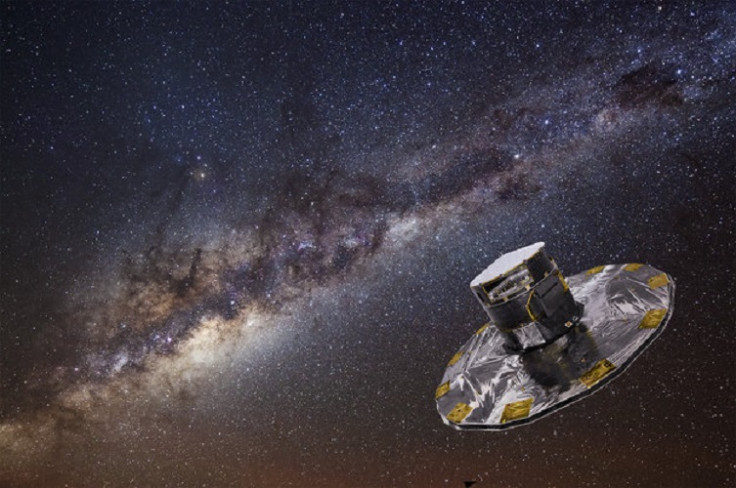Europe's Gaia Telescope All Set to Map a Billion Stars of Milky Way

Gaia, the satellite observatory housing the most advanced space telescope built by Europe, is all set for work after initial hitches. The billion dollar telescope is expected to provide the most detailed map of a section of the Milky Way.
"The commissioning phase has been challenging... (but) all in all Gaia is in good shape to fulfil its promise—all of the core scientific goals are still achievable, as hoped," Gaia scientist Timo Prusti said.
An intermediate library of data will be released to scientists and the public in mid-2016, somewhat later than expected, he said.
However, if rapidly-changing objects such as supernovas are detected, open alerts will be made as soon as possible, before the end of this year.
Perched in its 180-day orbit around the sun, at 1.5 million kilometers from the earth, the telescope will compile a census of a billion stars across five years. This is just one percent of the stars in our galaxy.
Providing details on distance, speed and direction of motion of stars in the Milky Way, it will repeatedly observe its target stars some 70 times over the five years making 40 million observations per day.
It carries the highest-resolution image sensor ever sent into space, with more than 1 billion pixels clarity.
Gaia's high-gain antenna transmits data back to Earth. A total of more than one million gigabytes is expected to be transmitted by mission's end.
Owing to its high orbit, Gaia will not face problems faced by Hubble when the Earth obstructs its view. Besides stars, the telescope will also be able to detect Jupiter-sized planets beyond our solar system.
Launched on 19 December, the 740-million-euro ($990-million) satellite was expected to be commissioned by four months, but encountered problems. One was water, which had frozen on some parts of the optics, affecting visibility. This has been fixed by heating the optics.
Another problem is of "stray light" from the Sun that finds its way past Gaia's sunshield. This will probably affect Gaia's ability to detect very faint stars but not its ability to spot brighter ones, the European Space Agency said.
Gaia occupies a position termed L2, where the gravity of sun and earth balance out. L2 is a vantage position, which affords eclipse-free observations and a complete view of the celestial sphere across one year.
© Copyright IBTimes 2025. All rights reserved.





















